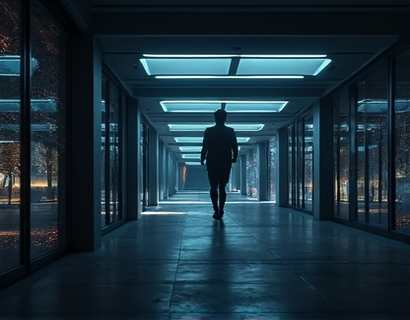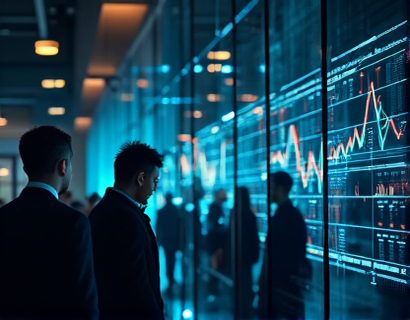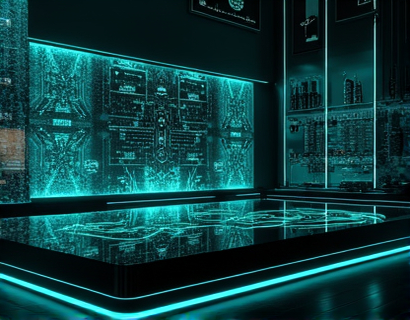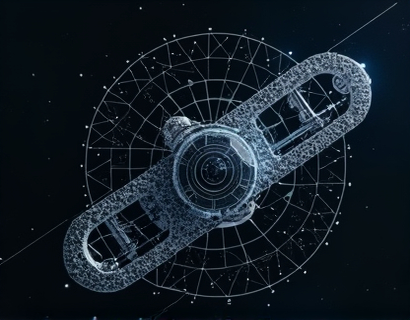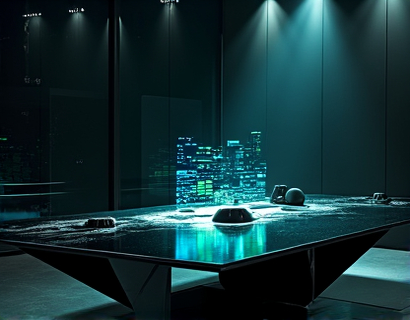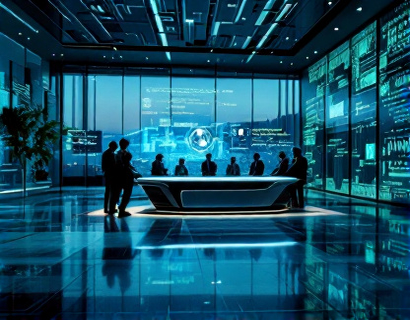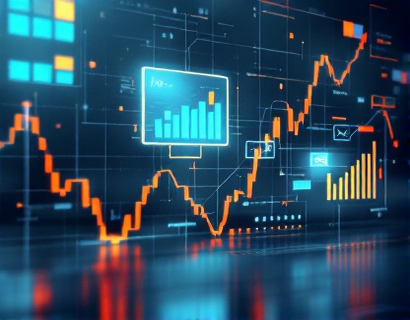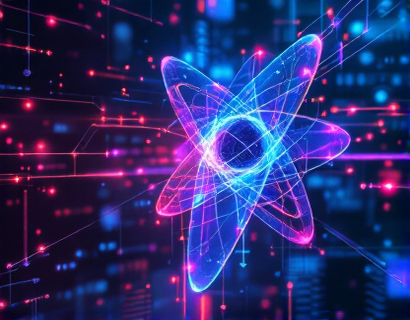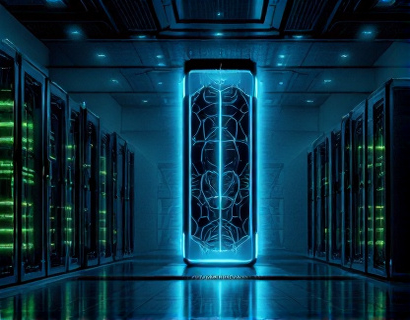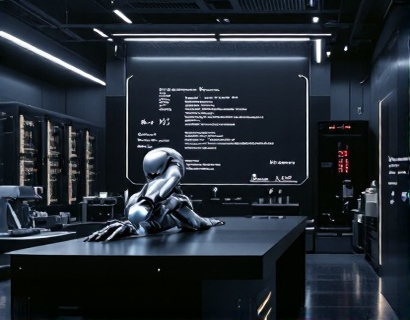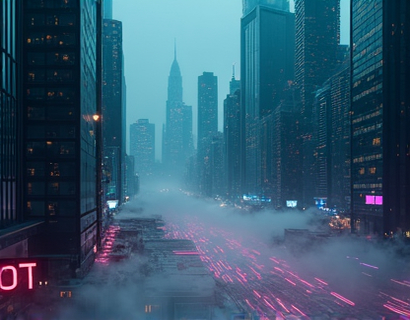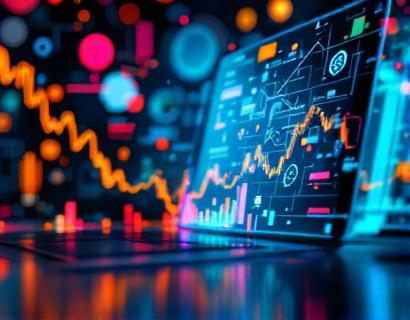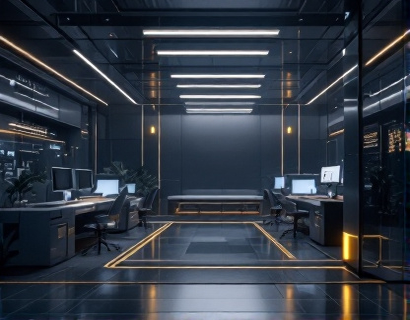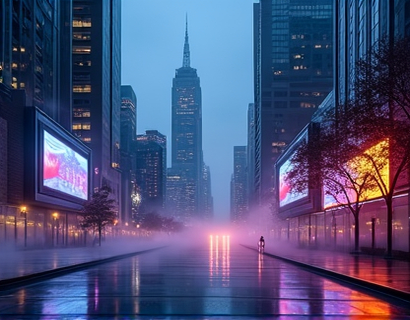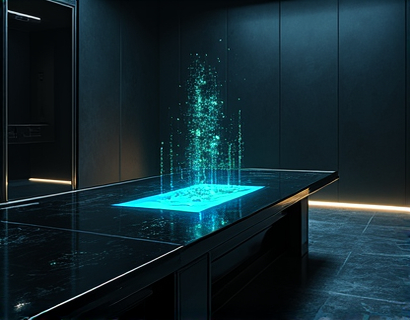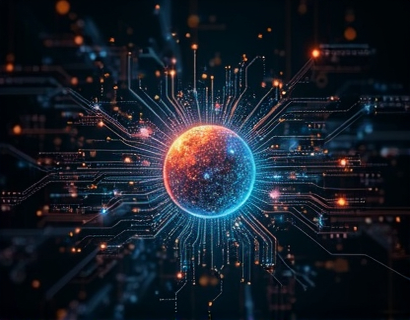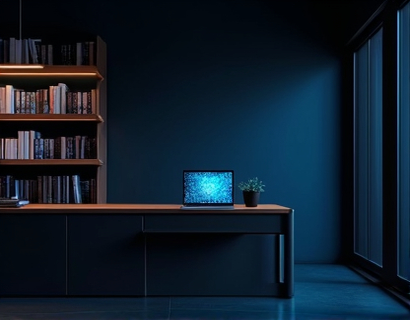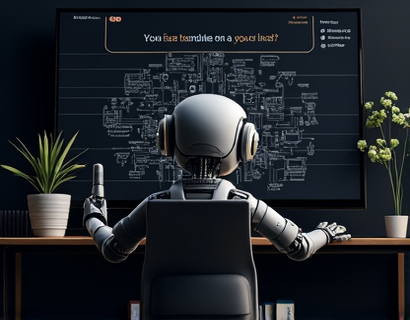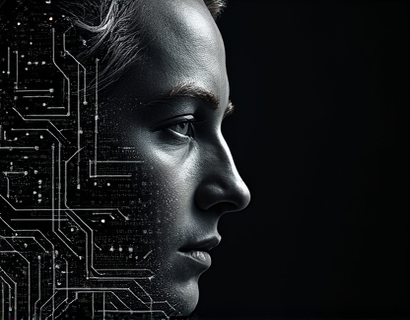Advanced Lighting and Sound Hardware Solutions: Streamlining Event Production with Cutting-Edge Control Technology
In the dynamic world of event production, the integration of advanced lighting and sound hardware is crucial for creating an immersive and memorable experience for attendees. The complexity of managing these systems can often pose significant challenges for event planners and production managers. However, with the advent of sophisticated hardware management software, the process has become more streamlined, efficient, and reliable. This article delves into the transformative impact of cutting-edge control technology on event production, focusing on how these tools maximize audio-visual impact while ensuring seamless integration and optimal performance.
Understanding the Importance of Advanced Control Systems
The foundation of any successful event lies in the seamless execution of its audio-visual components. Lighting and sound systems are not just supplementary elements but integral parts that set the mood, enhance the atmosphere, and guide the audience's emotional journey. Traditional methods of managing these systems often involve manual adjustments, which can lead to delays, inconsistencies, and a higher risk of technical issues. Advanced control technology addresses these challenges by providing a unified platform for managing all aspects of lighting and sound, thereby elevating the overall production quality.
Key Features of Advanced Hardware Management Software
Modern hardware management software is designed with a range of features that cater to the diverse needs of event production. These systems offer centralized control, allowing users to manage multiple devices and systems from a single interface. This consolidation not only simplifies the setup process but also reduces the likelihood of errors. Key features include:
- Real-time monitoring and control of all connected devices
- Pre-programmed scenes and cues for quick and precise adjustments
- Integration with various lighting and sound protocols
- Customizable user interfaces for intuitive operation
- Remote access and control capabilities
These features collectively contribute to a more efficient and error-free production process, enabling event professionals to focus on the creative aspects of their work.
Enhancing Reliability and Consistency
One of the most significant benefits of advanced control systems is the enhancement of reliability and consistency. By automating routine tasks and providing precise control over each component, these systems minimize the risk of human error. For instance, pre-set scenes can be executed flawlessly every time, ensuring that the intended visual and auditory effects are delivered consistently throughout the event. This level of reliability is particularly crucial for large-scale productions where the margin for error is minimal.
Moreover, advanced systems often include diagnostic tools that can detect and alert users to potential issues before they become critical. This proactive approach to maintenance helps prevent downtime and ensures that the event runs smoothly from start to finish.
Streamlining Integration and Compatibility
Compatibility and integration are paramount in event production, as lighting and sound systems often come from different manufacturers with varying protocols. Advanced hardware management software bridges this gap by supporting a wide range of devices and protocols, including DMX, Art-Net, and OSC. This versatility ensures that all components work harmoniously, regardless of their origin. The ability to integrate multiple systems under a single control interface not only simplifies the setup process but also enhances the overall coherence of the production.
Furthermore, these systems often come with extensive libraries of presets and templates, which can be easily customized to fit specific event requirements. This feature saves valuable time and effort, allowing production teams to focus on refining the creative aspects rather than wrestling with technical complexities.
Maximizing Audio-Visual Impact
The ultimate goal of any event is to create a compelling and engaging experience for the audience. Advanced lighting and sound hardware solutions play a pivotal role in achieving this objective. With precise control over lighting effects and sound levels, producers can craft environments that resonate emotionally and visually with attendees. For example, synchronized lighting and sound cues can enhance the impact of performances, making them more dynamic and captivating.
Additionally, the ability to create and save complex scenes allows for intricate and layered productions that would be challenging to achieve with manual methods. This level of sophistication can transform a good event into an unforgettable one, leaving a lasting impression on the audience.
User-Friendly Interfaces and Remote Access
The user-friendliness of advanced control software is another critical factor that contributes to its effectiveness. Intuitive interfaces designed with the user in mind ensure that even those with limited technical expertise can operate the systems confidently. This accessibility is particularly beneficial for smaller events or productions where resources may be limited.
Remote access capabilities take convenience to the next level, allowing production teams to manage lighting and sound systems from anywhere. This feature is especially valuable for events that span large venues or require on-site adjustments during the setup or runtime. The ability to make real-time changes from a remote location not only enhances efficiency but also provides greater flexibility and control.
Case Studies and Real-World Applications
To illustrate the practical benefits of advanced control systems, consider a large-scale music festival. In this scenario, the production team faces the challenge of managing multiple stages, each with its own lighting and sound requirements. Using an advanced hardware management system, the team can create and save custom scenes for each act, ensuring that transitions between performances are seamless. Real-time monitoring allows for immediate adjustments if any issues arise, and remote access enables the team to oversee the entire festival from a central control room.
Another example is a corporate conference where consistent and high-quality audio-visual presentation is essential for maintaining audience engagement. With advanced control software, the production team can ensure that all presentations are delivered with precise timing and visual support, enhancing the overall professionalism and impact of the event.
Future Trends and Innovations
The field of event technology is rapidly evolving, with ongoing advancements in areas such as artificial intelligence, machine learning, and IoT (Internet of Things). These technologies promise to further enhance the capabilities of hardware management systems. For instance, AI-driven analytics can optimize lighting and sound settings based on real-time audience feedback, creating a more personalized and engaging experience. IoT integration can enable smarter, more responsive environments that adapt to changing conditions and audience needs.
As these innovations continue to emerge, the potential for creating more immersive and interactive events grows exponentially. The future of event production is bright, with advanced control technology at the forefront of this transformation.
Conclusion
In conclusion, advanced lighting and sound hardware solutions, supported by cutting-edge control technology, are revolutionizing the way events are produced. By streamlining the management of complex audio-visual systems, these tools not only enhance reliability and consistency but also empower creators to push the boundaries of what is possible. As the industry continues to evolve, the integration of intelligent and user-friendly control systems will remain a key factor in delivering exceptional event experiences.



